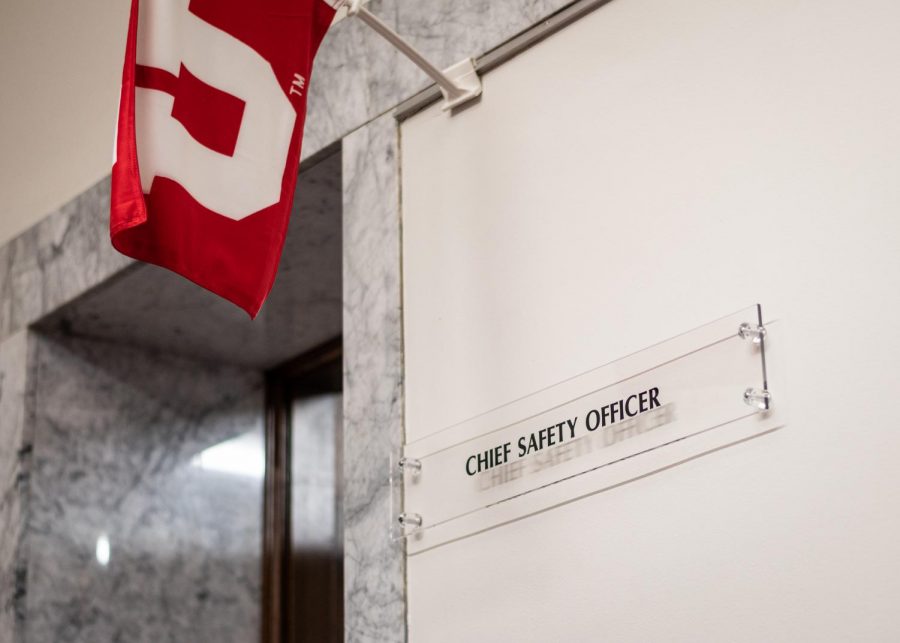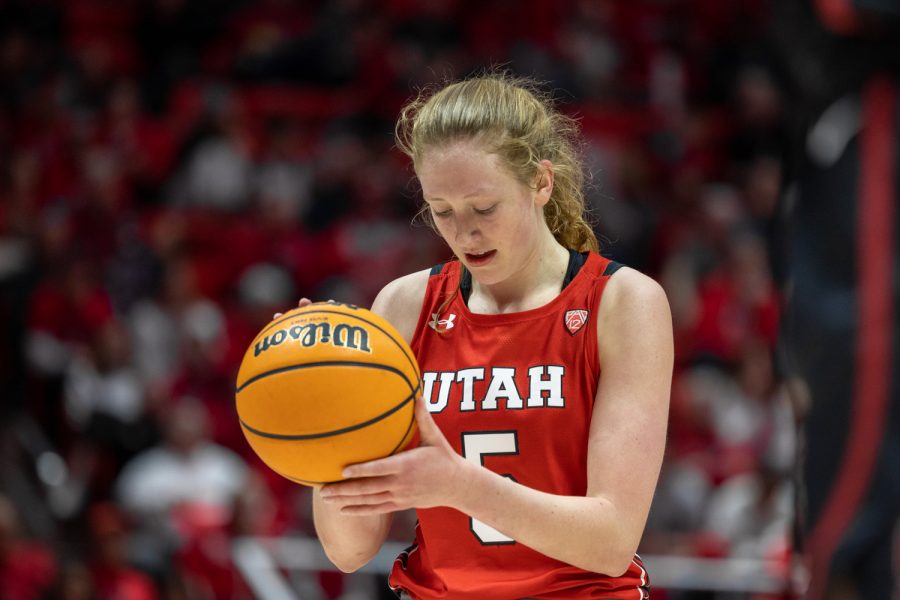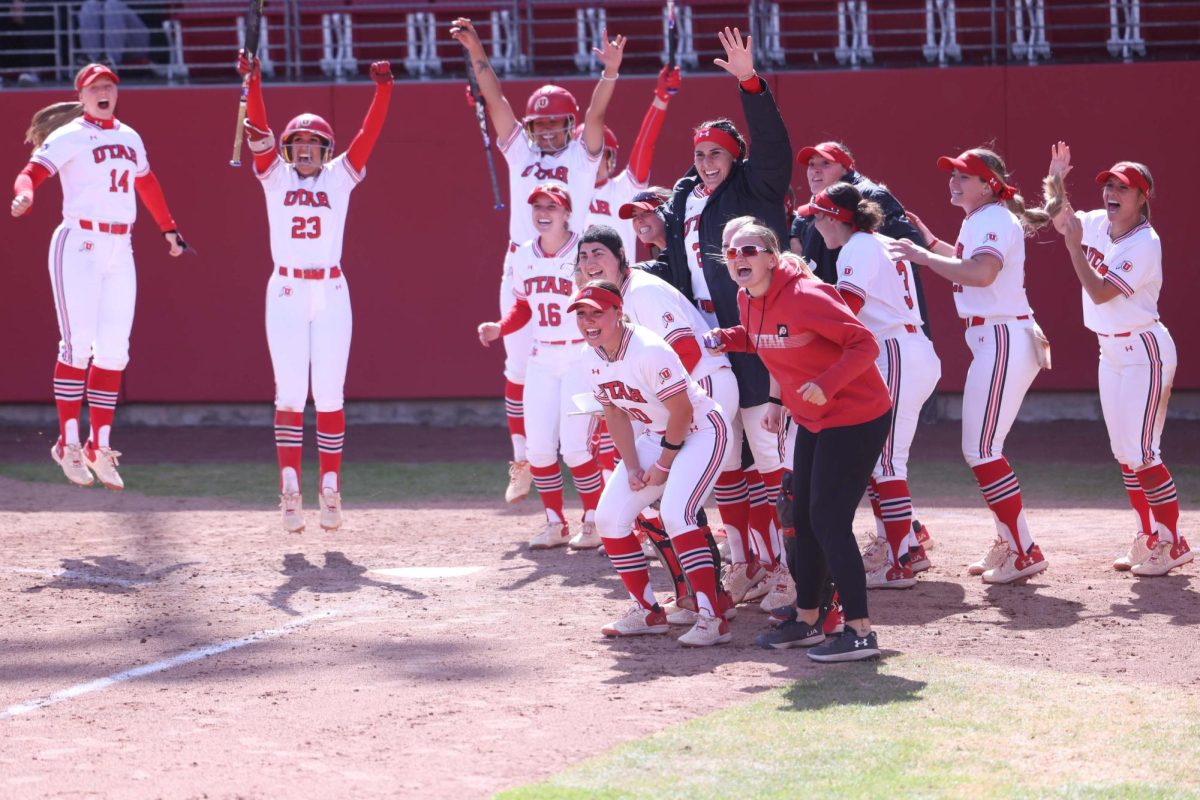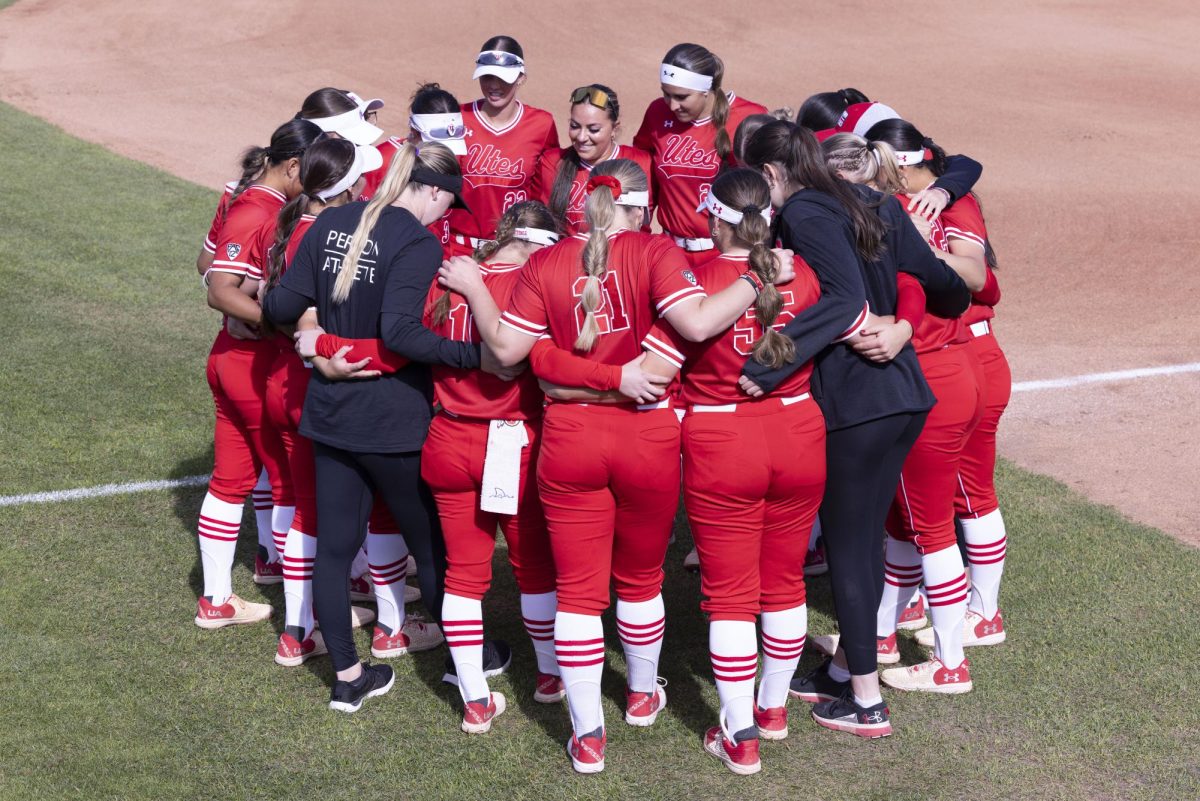U Implements New Racism and Bias Protocol for Incidents on Campus
The chief safety officer’s office in the John R. Park building on campus on Feb. 2, 2021. (Photo by Jack Gambassi | The Daily Utah Chronicle)
February 5, 2021
The University of Utah recently adopted a protocol for dealing with incidents involving new racism and bias, developed by the Racist and Bias Incident Response Team.
They were adopted to ensure the U’s continuing commitment to safety, diversity, and inclusion. The office of the Chief Safety Officer has also recently hired special assistant, Brian Nicholls, who is in charge of this effort.
Nicholls’ role is to build relationships with students, faculty, and staff. He also plans to work closely with the Office for Equity, Diversity, and Inclusion along with Student Affairs.
“My goal by doing this is to get the word out for our new protocol process,” Nicholls said.
When an incident occurs, there is an online report form available for students to fill out.
From there they will submit the report and it will be reviewed by Nicholls, Director of Administration of the Office of the CSO, Annalisa Purser, and the co-chair Associate Vice President and Dean of Students, Jason Ramirez.
The team will then assess the situation and classify it based on severity. The three levels of severity are one, two, and three, with one being the highest severity. An example of a level three situation might be racist/biased propaganda, posters, or vandalism.
The team will also speak with those who were affected by the incident and assure that they are connected to support resources to make sure they feel safe throughout the situation.
This is also a way for the Racist and Bias Incident Response Team to analyze and improve the process as more and more information is gathered from our campus community.
Transparency is another aspect of the new protocol. On their website, they have a running report of incidents both in progress and resolved. The team also believes it’s important that these incidents are shown so students can further gather information on how to deal with such instances in the future.
“We want to try to unite different folks from campus and bring in all existing perspectives to have a more coordinated approach,” said Nicholls.
Nicholls will be the bridge between many offices on campus to move this process forward and be an important communication entity for the campus.
“We wanted to create a streamline holistic approach to receiving information and responding to support,” Purser said. “This process is not just limited to students. It’s about knowing how everyone feels and not just a few people. Faculty, staff employees, and all people visiting our campus can submit a report.”
Additionally, Nicholls said the more awareness is raised about what goes around campus, the more likely students and others will report what happened to them. With the adoption of this new process, Nicholls hopes students will be more willing to share about what goes on around campus.
“Our students should be able to have a more trusting and comfortable relationship with our administration,” Nicholls said.
m.kaluarachchi@dailyutahchronicle.com
This article was updated to reflect a correct spelling of Brian Nicholl’s name, with two l’s, not one.













Dr.Tillakaratne • Feb 7, 2021 at 7:15 am
Well written account about social behavioural problems and how best to sort them about.Malinka has analysed this situation thoughtfully and plausible corrective measures to be taken in Campuses discussed.
Amali • Feb 6, 2021 at 7:57 pm
A great new initiative and nicely written by the writer Malinka. Provides a clear message of the Protocol and how it will assist all.